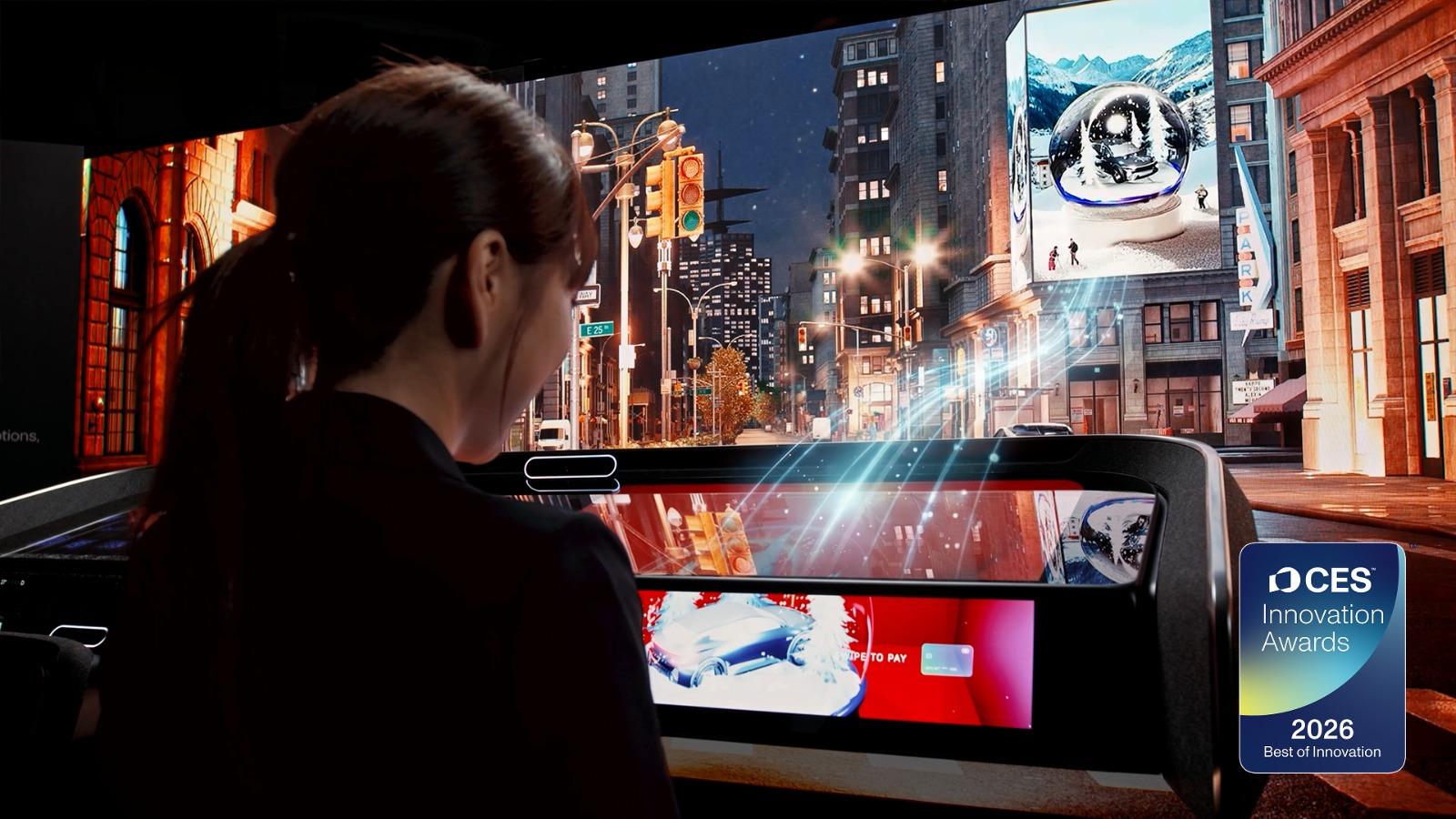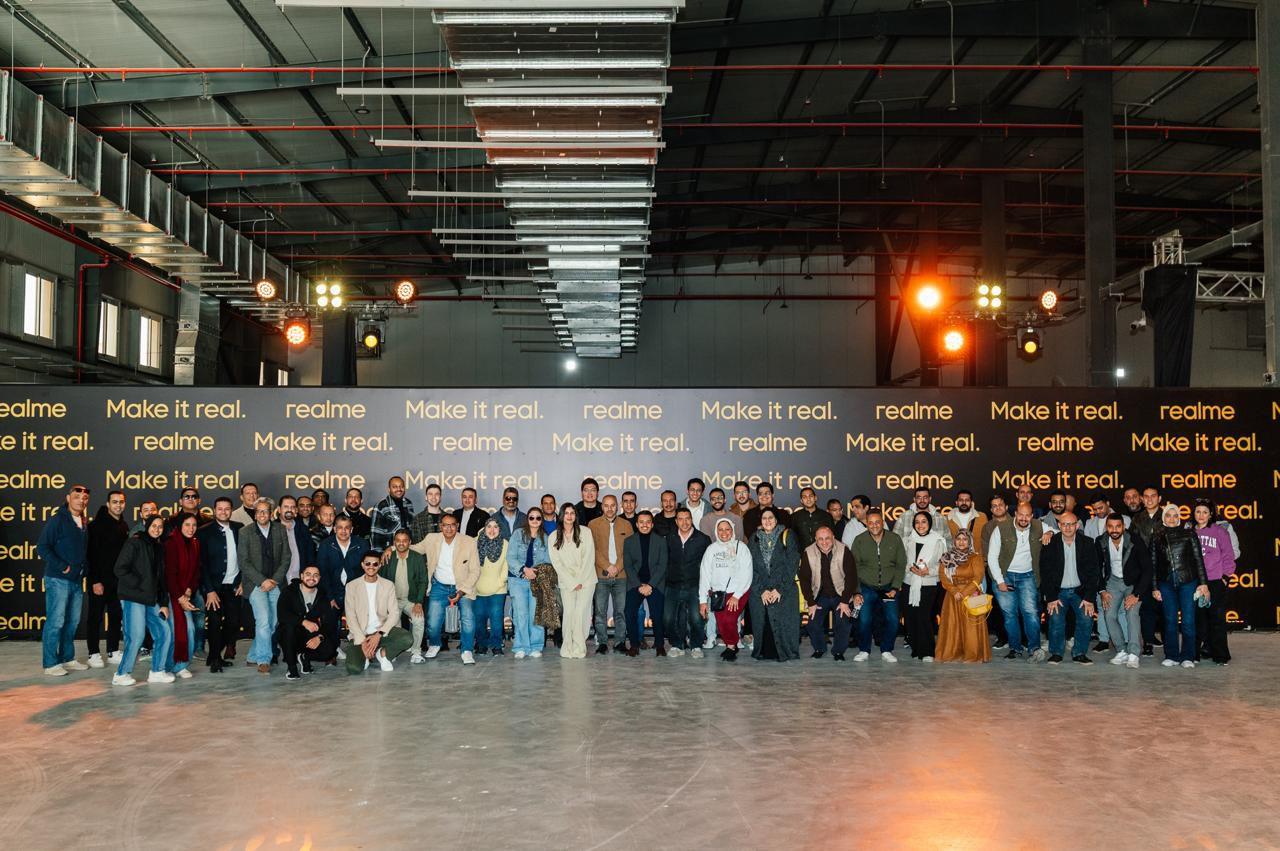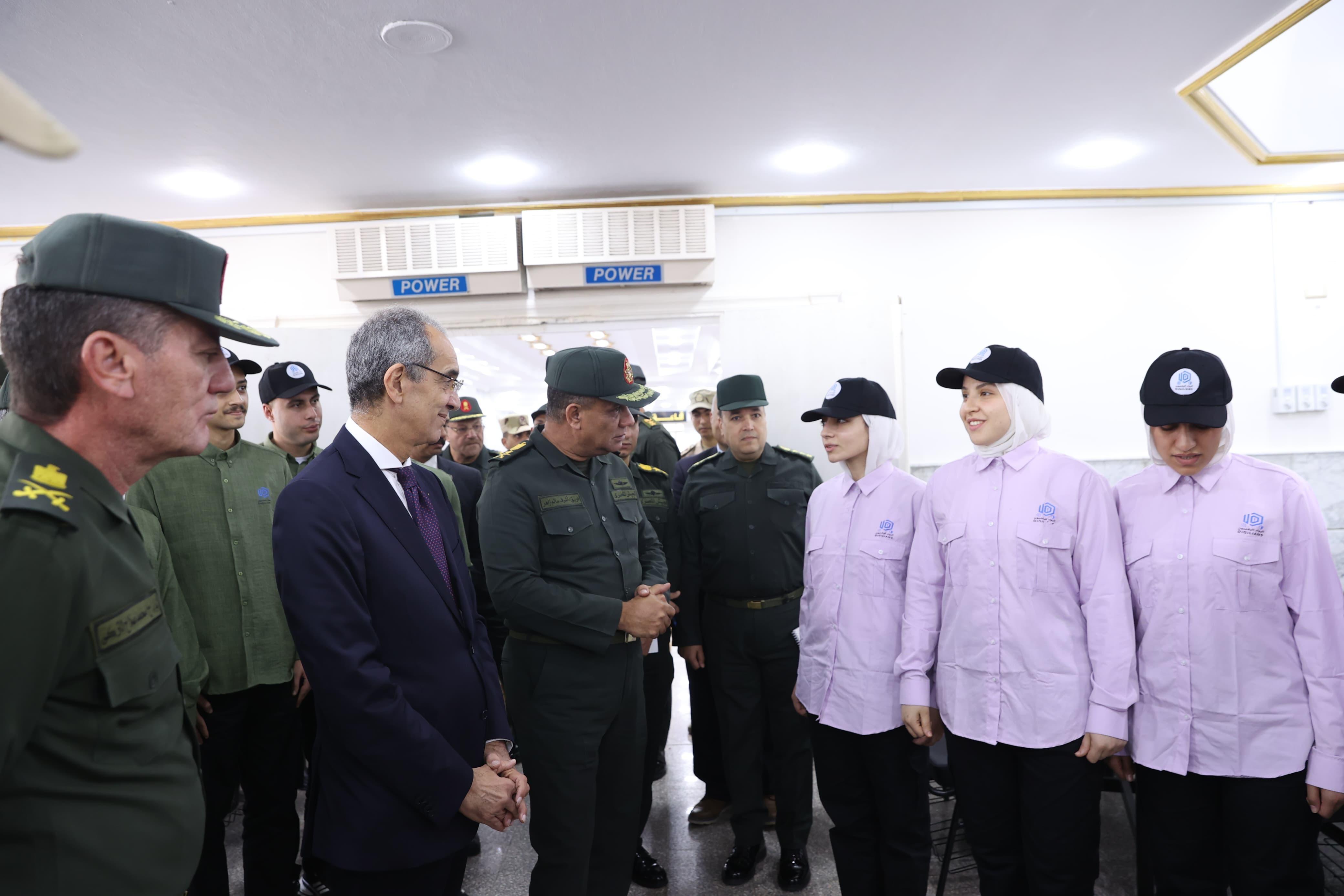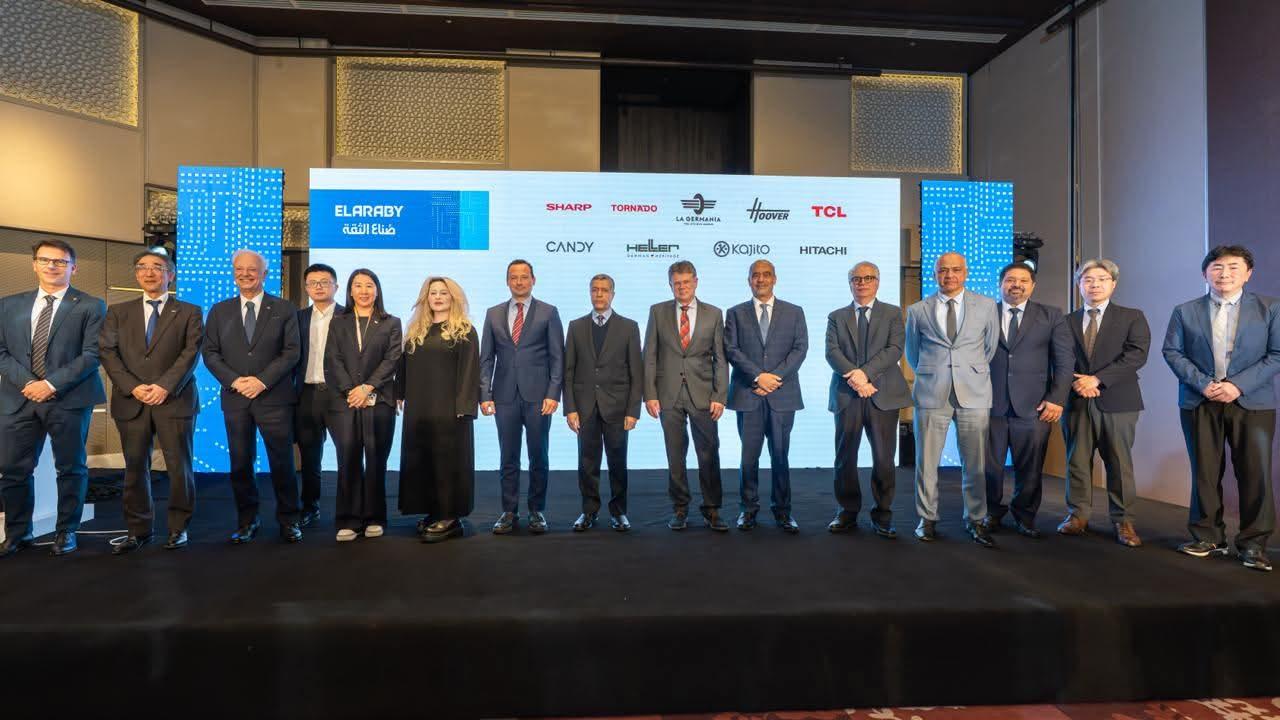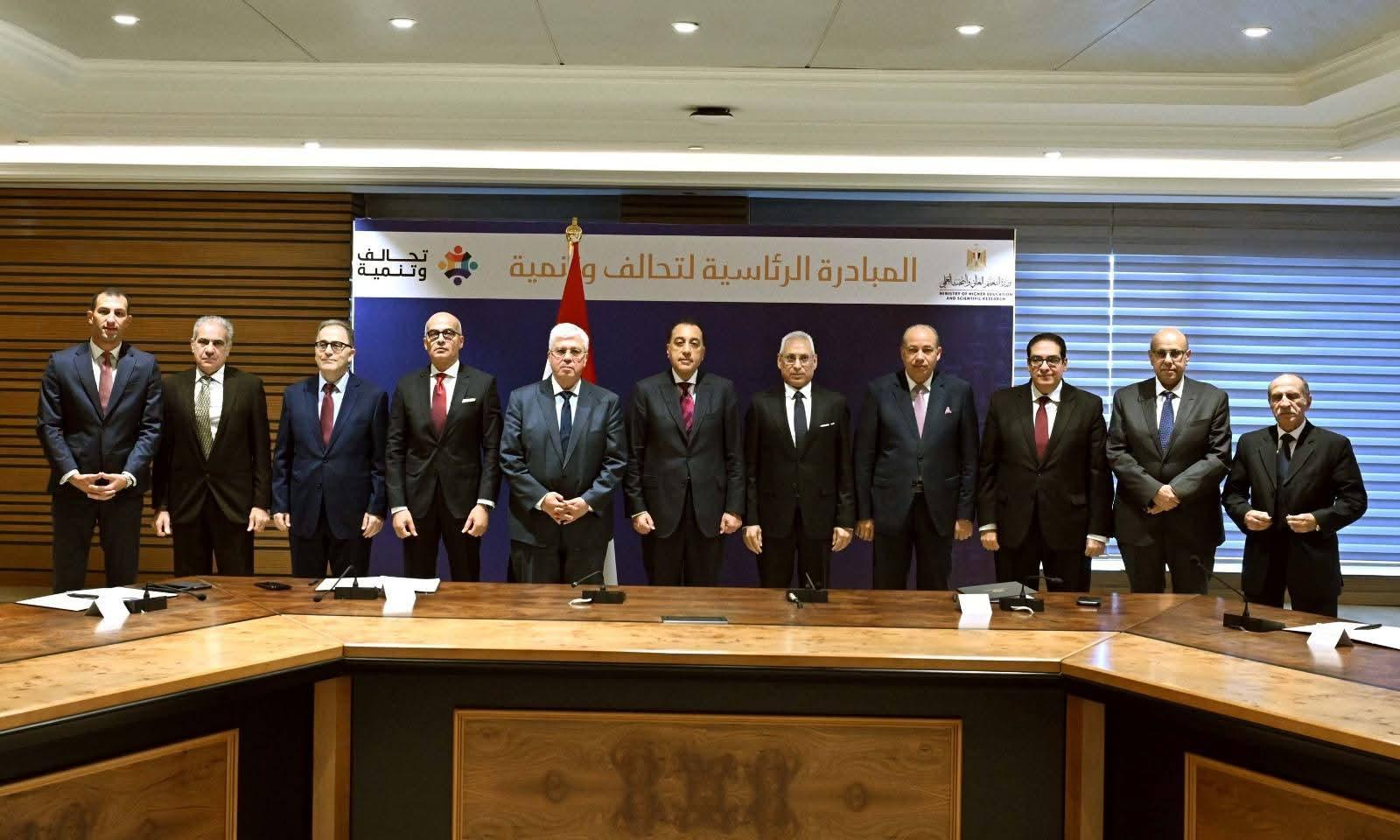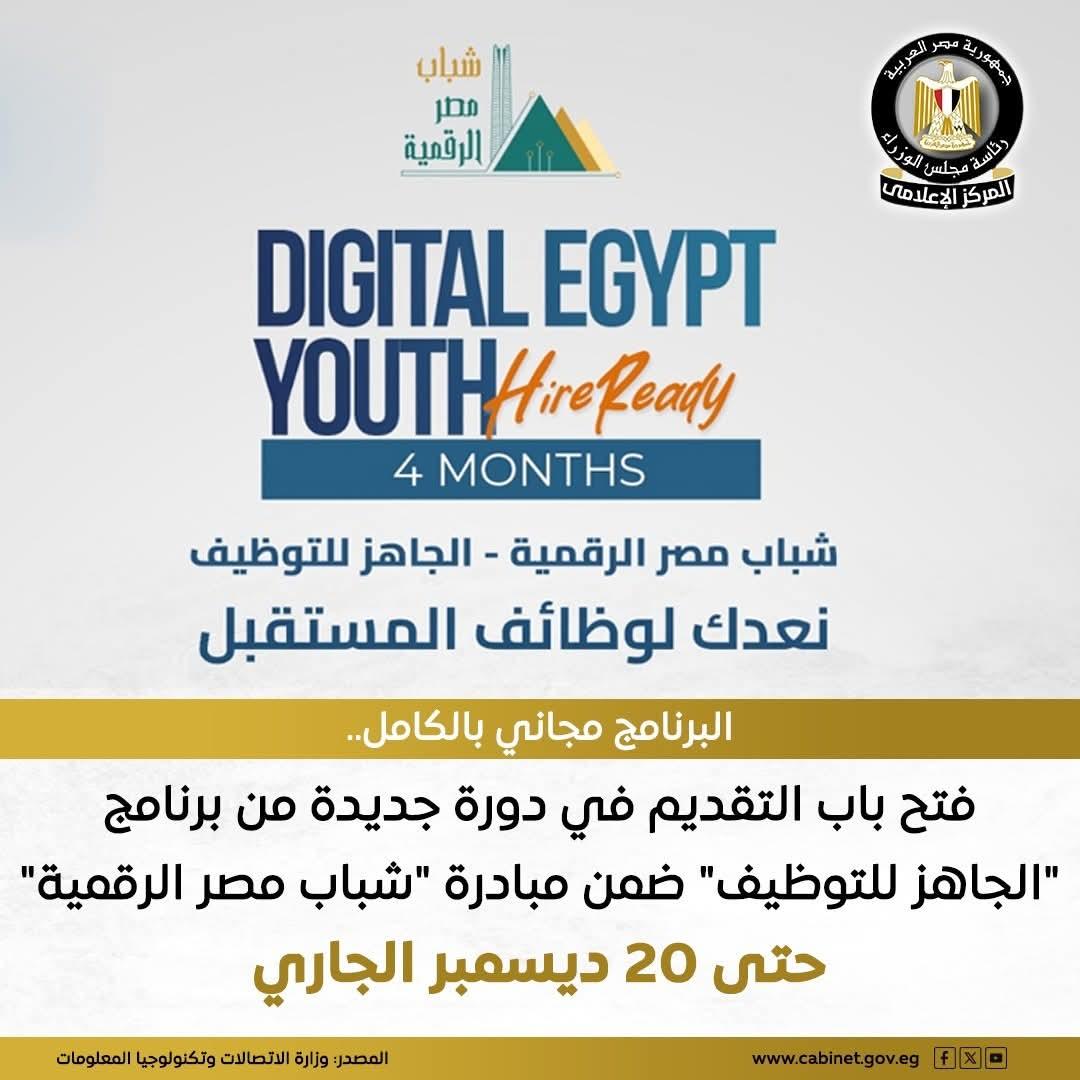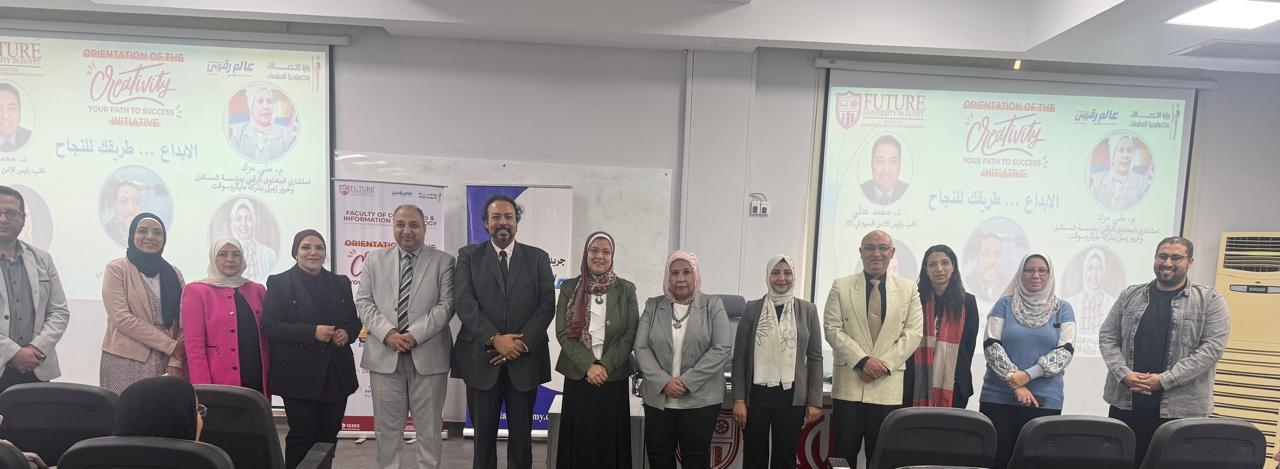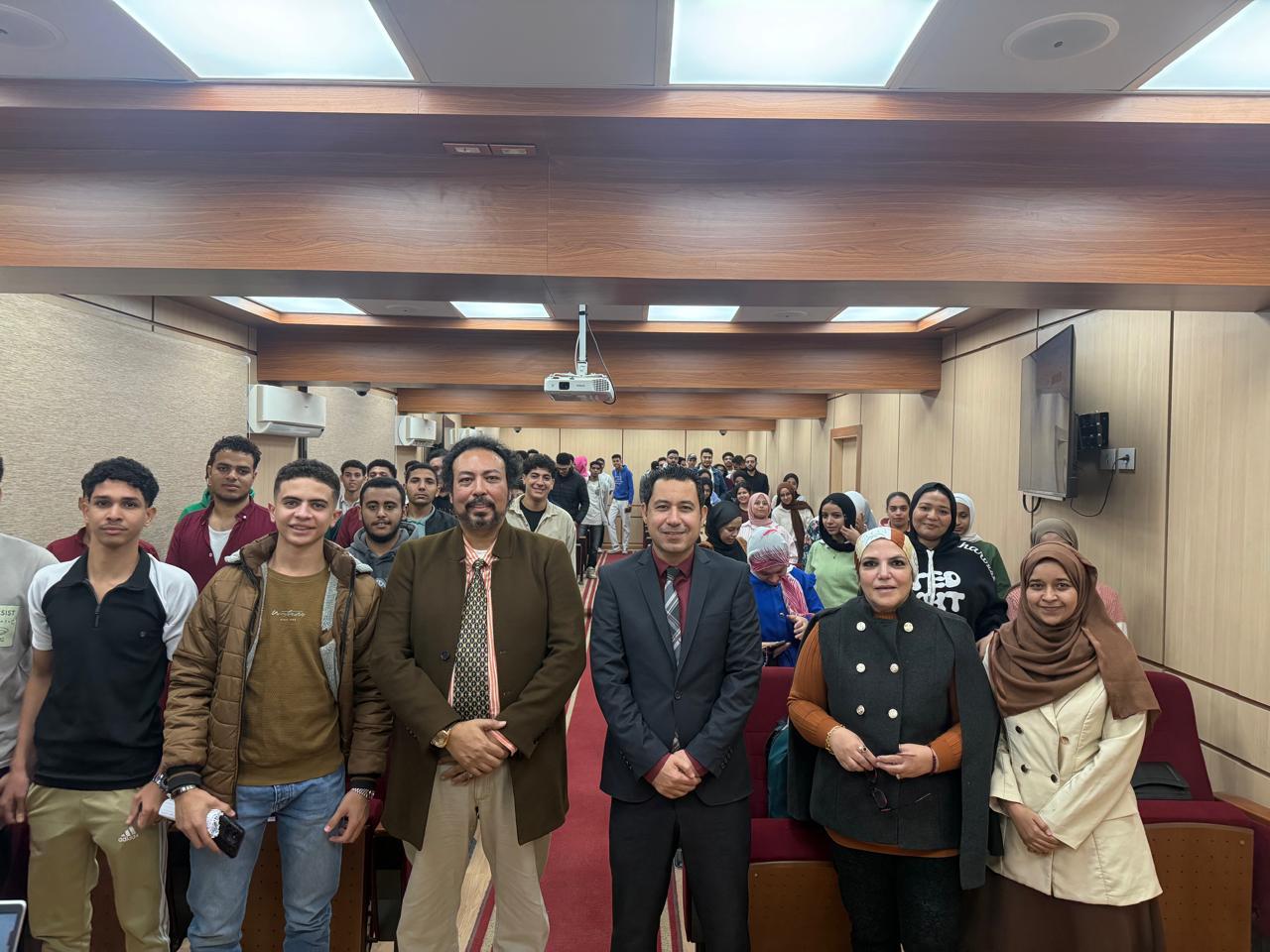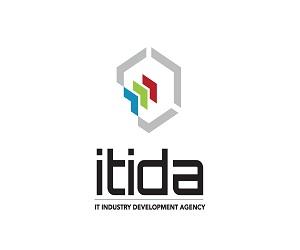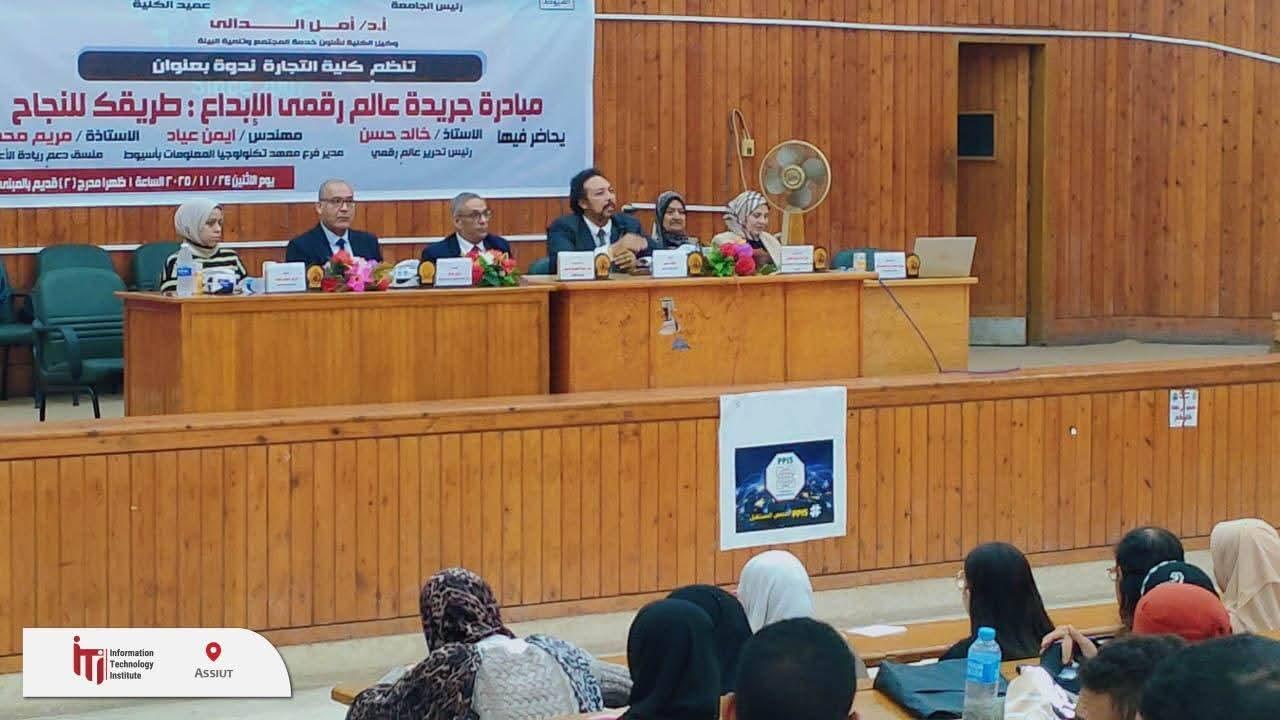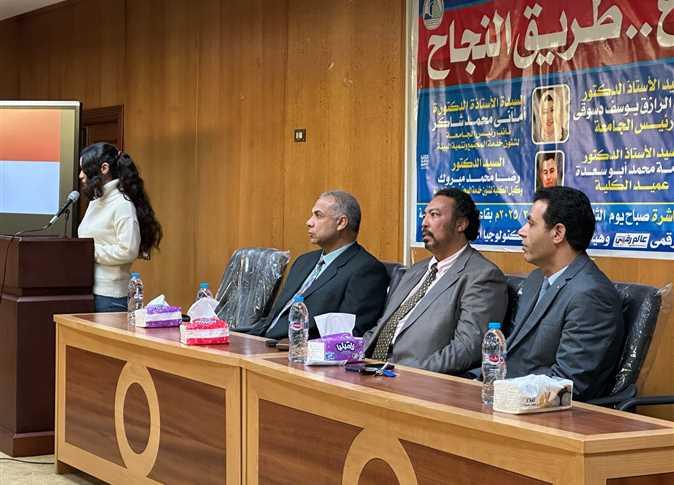By : David Carvalho,
CEO and co-founder of Naoris Protocol,?
Now that the dust of innovation has settled on the hype around
ChatGPT, it may be a good time to unpack the full implications of this
technology. While it certainly helps sleep-deprived college students
ace term papers and gives copywriters a creative boost, it has a
potentially dark underbelly.
unpacks some of the not so pretty aspects of emerging AI technology
and its potential to wreak havoc for businesses globally.
How can ChatGPT be used to exploit code and can it really create code?
The short answer is yes. OpenAI’s ChatGPT, is a large language model
(LLM)-based artificial intelligence (AI) text generator, it just
requires a prompt with a normal English language query.
GPT stands for Generative Pre-Trained Transformer, it is trained on a
big data sample of text from the internet, containing billions of
words to create learnings on all subjects in the samples. It can
‘‘think’ of everything from essays, poems, emails, and yes, computer
code.
It can generate code fed to it from plain English text,or receive new
and existing code as input. This code can however be exploited for
malicious purposes, or more importantly, it can be used for defensive
and protective applications, it’s all about the intentions of the
user. While Google can show you an article on how to solve a specific
coding problem, ChatGPT could write the code for you. This is a
game-changer, it means that developers could do near-instant security
audits of application code and Smart Contract code to find
vulnerabilities and exploits prior to implementation. It would also
enable companies to change their deployment processes making them
more thorough prior to launch, reducing vulnerabilities once deployed.
This would be a significant contribution to the fight against
cyberthreat damage, which is expected to exceed $10 trillion by 2025.
What are some of the current limitations?
The downside is that bad actors can program AI to find vulnerabilities
to exploit any popular, existing coding standard, Smart Contract code,
or even known computing platforms and operating systems. This means
that thousands of existing environments that are complex and at risk
in the real world, could suddenly be exposed (in the short term).
AI is not conscious, it is an algorithm based on mathematical
principles, weights and biases. It will miss basic preconceptions,
knowledge, emotions and subtleties that only humans see. It should be
seen as a tool that will improve vulnerabilities that are coded in
error by humans. While it will potentially significantly improve the
quality of coding across web2 and web3 applications, we can never, nor
should we, fully trust its output. Despite this cautious approach, we
should strive to have confidence that we will be able to trust its
baseline in the future
Developers will still need to read and critique AI output by learning
its patterns and looking for weak spots, while being cognizant of the
fact that threat actors are using it for nefarious purposes in the
short term. However I believe the net-output is a positive addition to
the maturity of all processes in the long term. There will always be
new threats for it to analyse and mitigate, so while it may be a great
tool to assist developers, it will need to work in tandem with dev
teams to strengthen the code and protect the systems. The attacking
position will be to find bugs or errors in the output of the AI
instead of the code itself. AI will be a great tool but humans will
have the last word, hopefully. With some bumps along the way, this
will be a net positive for the future of cyber security trust and
assurance. In the short-term AI will expose vulnerabilities which will
need to be addressed very quickly, and we could see a potential spike
in breaches”.
Does regulation need to be updated to include/consider these models?
Regulation will be critical in the adoption of this type of AI, but it
may also be avoided because current regulation is analogue in nature,
i.e., broad, self-policed, usually reactive rather than proactive, and
incredibly slow to evolve, especially in a fast-changing and
innovative "target area" like AI. Regulators in their current capacity
might very well find themselves out of touch and out of their depth,
they should be directly advised by specialists in the field and in
academia to ensure quick reactions. Perhaps they should look at
creating a completely separate Regulatory Body or Council for Ethics,
with the purpose of regulating or setting up fundamental rules of
what is off-limits while using such powerful dual-use technologies.
Regulations usually only kick in when something has gone wrong, then
it takes months, if not years to get the regulation through the
various iterations and approval processes. Currently regulation in
this field is not fit for purpose. The ability to oversee and
implement regulation that addresses the rate at which AI learns and
executes output, is a much-needed extra string to the compliance bow.
AI itself needs to be regulated, the burning question is “Should it be
centralised?” We need to seriously consider whether centralised tech
companies or governments should hold the keys and be able to “bias the
AI” to influence outcomes. A more palatable model would be a
decentralised solution, or at least a decentralised governance system
that allows for the assurance of trust of the baseline systems that
provide answers, and that provide data for the answers and all their
processes through an assurance mesh. We should perhaps look at a model
similar to how web 3 developers and validators are rewarded. The AI
should have a pool of professional advocates who are incentivised to
develop and evolve the AI to meet certain publicly ethical shared
goals that ensure the technology is used for good in every sector that
it's operating in.
Can filters be created to detect these models?
Yes, but it would result in a whack-a-mole effect similar to what we
have now, it would be a good best effort, but definitely no panacea.
Filter-based ethical principles could be programmatically created to
detect the models of any malicious or exploitative actor or define
areas or topics that would be out of bounds. However, we need to ask
“Who is in control of the AI code itself?” and “Can we trust the AI
systems that are providing the answers not to be biased, or have
compromised integrity from a baseline?”. If the baseline was indeed
biased or compromised, we would 100% need to know.
The logical solution would be to protect networks and devices using
decentralised and distributed consensus methods, so the status and
trustworthiness of the data that is being generated is known to be
good, true and trusted in a highly resilient and cryptographically
strong manner. It must be auditable and immune to local tampering or
subversion by malicious actors, whether internal or external.
So where to from here?
How Chat GPT crashed into the market can be compared to Superman's
arrival on planet Earth from Krypton. We had no clue of his existence
before he arrived; we were not sure how his powers would impact the
world as he grew up, and we were not sure how dark forces (Kryponite)
could affect the outcome of his behaviour. It would be presumptuous,
if not arrogant to suggest that anyone really knows how this is all
going to play out. The only thing we know for sure is that some
aspects of the way the world functions will change irrevocably. It
will be an exciting and compelling journey to see how humanity deals
with yet another game changing technology that in turn, will be
overshadowed by many other innovations. We no longer have rear view
mirrors to look at the past to help us predict the future, the future
is a vector that will chart its own course and everyone will have a
role to ensure it is a net positive for humanity.





